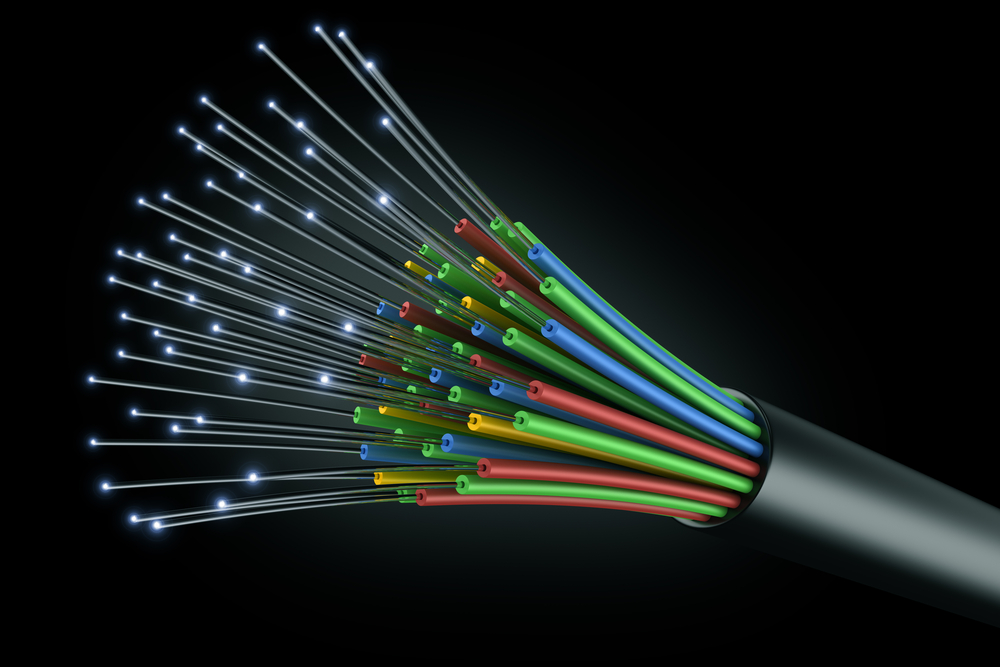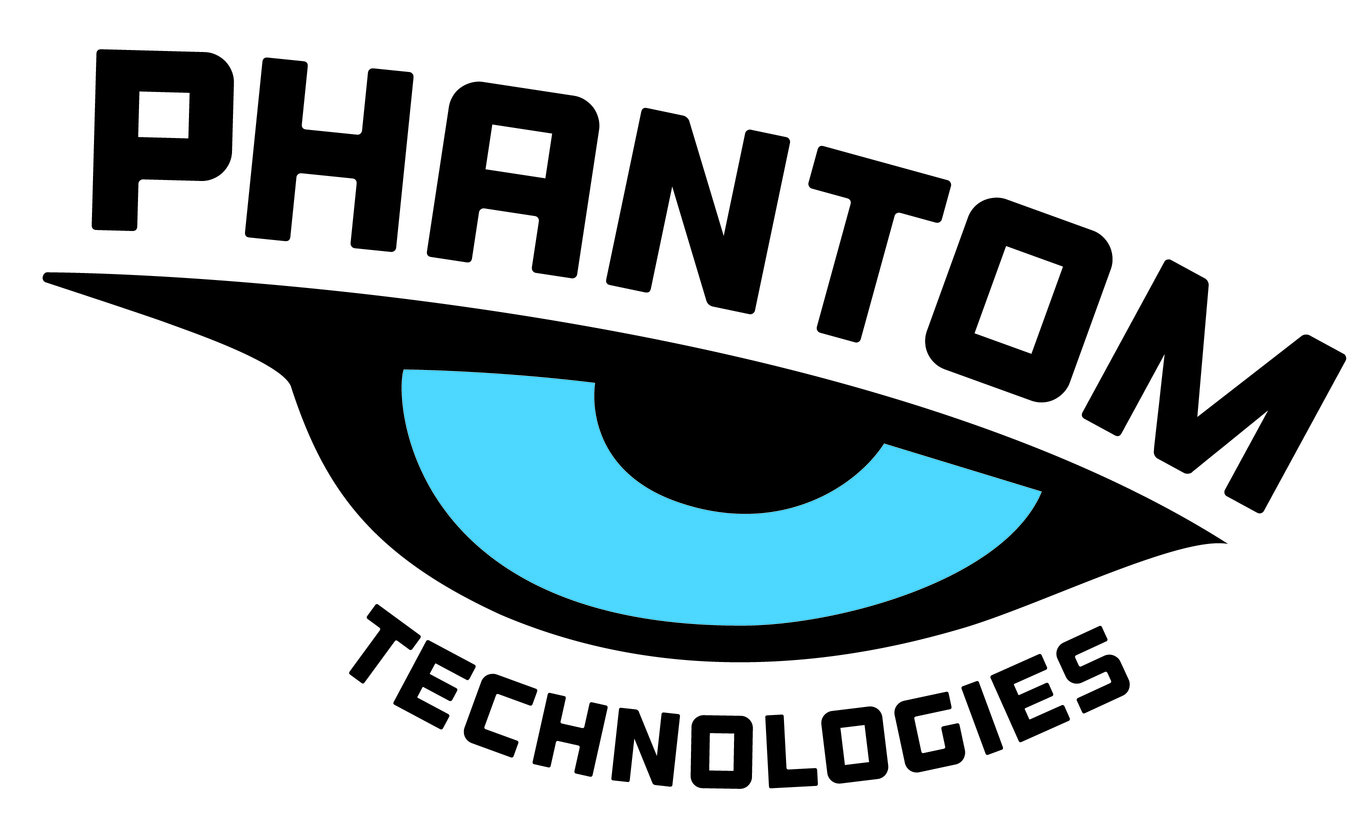
Fiber Optics
The future of network cabling.
Fiber Optic Design
Fiber Optic cabling is much thinner and lighter than traditional copper cable. The smaller size of fiber optic cables makes it much easier to work with and takes up less space in wiring trays and conduits.
Fiber Optic Reliability
When it comes to transmitting data reliably, fiber optic cabling is definitely your best bet. Unlike traditional copper cable, fiber optic cables are immune to electrometric interference, crosstalk, and impedance problems. In the event that fiber optic cabling gets wet, unlike copper, it will still perform.
Your Data Is More Secure When Using Fiber Optic Cables
Fiber optic cabling is very difficult to be tampered with. If a malicious attempt is made to tap into your network, physically breaking the cable, the fiber optics will leak light, causing the entire system to become nonfunctional—protecting your communications from prying eyes.
Better Bandwith
Fiber optic cables provide more bandwidth than copper, which means your business will be able to carry more information in a higher quality than traditional copper wire.
Quicker And Longer Runs
Being that fiber optic signals consist of light, you will experience very minimal signal loss while allowing your data to move at higher speeds over greater distances.
Save Money Over The Lifespan Of Your Network
The initial cost of fiber optic installation is more expensive than copper cable, however, fiber optic cabling usually costs much less to maintain, provides less downtime and even requires less networking hardware.
